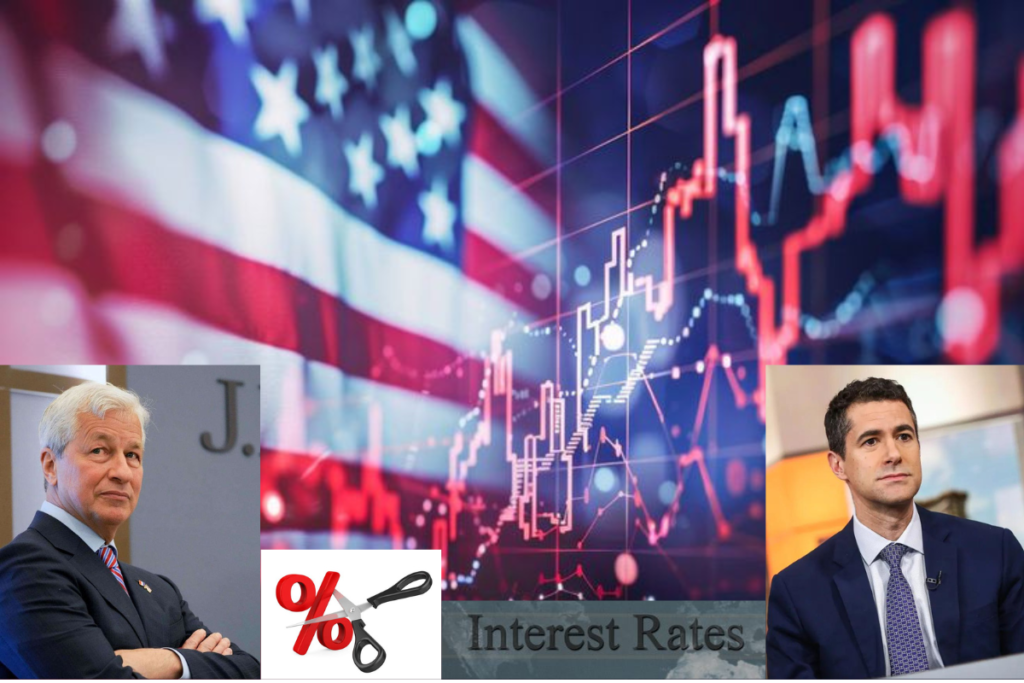With the U.S. economy still giving mixed signals, the chief economist at JPMorgan, Michael Feroli, has been in the news for calling for a 50 basis point Fed interest rate cut this month. As the Fed meeting scheduled for September 2024 approaches, Feroli insists that something needs to be done to address the rising uncertainty in inflation, fight unemployment, and restore the economy.
His statements come at a time when August emerged as the worst month for growth in private payroll since January 2021. This follows as the unemployment rate gradually increased to 4.3% in July, thus setting off a recession predictor called the Sahm Rule.
This level of Fed interest rate cut would be one of the most aggressive decisions since the pandemic and it has drawn the attention of traders, economists and policymakers.
Michael Feroli Believes the Fed Interest Rate Cut Should Be by Half a Point
Michael Feroli, the chief economist at JPMorgan, has urged the Federal Reserve to be more assertive. Feroli’s view is that a 50 basis points (or half a point) Fed interest rate cut for 2024 would be necessary to spur the economy against slowing growth. Feroli bases his argument on a few key factors.
First, inflationary pressures, which led the Fed to increase interest rates more frequently in the previous year, have started to cool down. Since inflation is slowly coming down, there is no need for the Fed to maintain high interest rates. Feroli thinks that by reducing rates, the Fed could help in increasing spending and investment, which have both declined with the increase in borrowing costs.
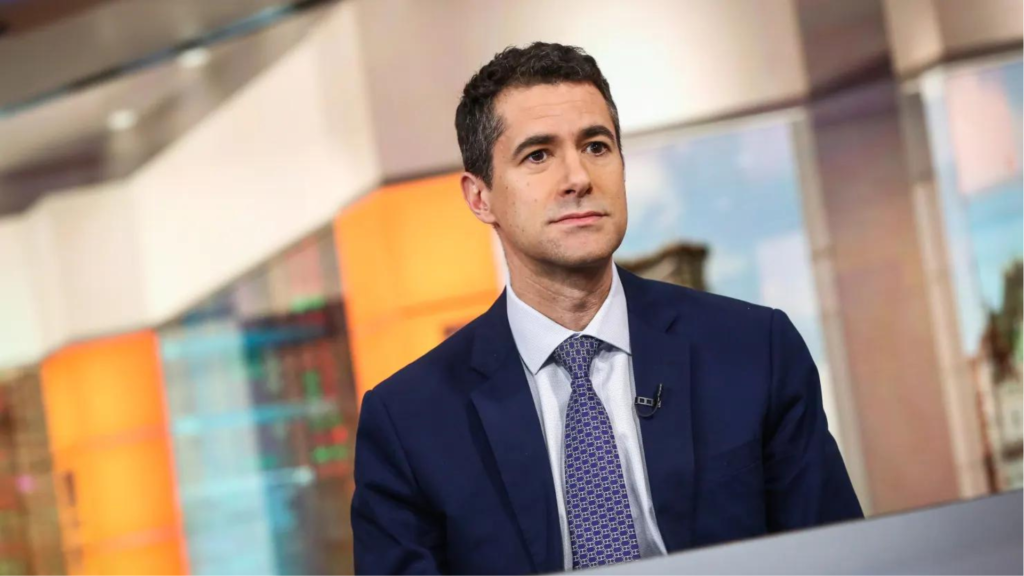
Moreover, Feroli cites that the U.S. labor market is weakening, with the unemployment rate gradually increasing. A rate cut could help businesses by allowing them to borrow money more easily to expand and hire more employees.
Feroli has urged the Fed to reduce the interest rate by 50 basis points as opposed to the typical 25 basis point adjustments, showing the severity of the problem.
Unemployment Rate Is Inching Higher
The increasing rate of unemployment is one of the reasons why people are demanding a Fed interest rate cut. In recent months, there have been signs of weakness in the U.S. labor market when compared to pre-pandemic levels.
According to Feroli, “While inflation is still a little above target, unemployment is probably getting a little above what they think is consistent with full employment. Right now, you have risks to both employment and inflation, and you can always reverse course if it turns out that one of those risks is developing.”
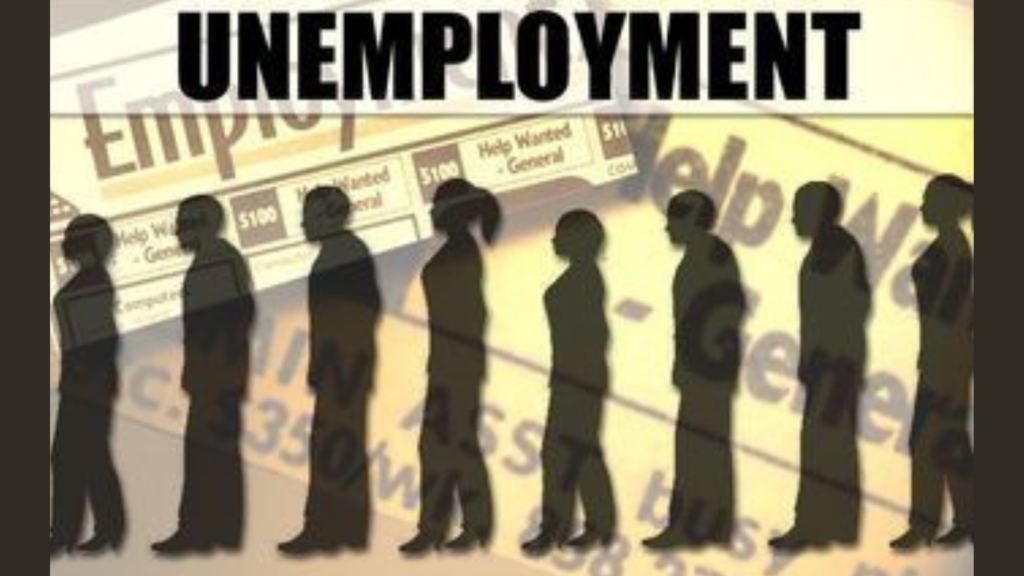
Feroli and other economists believe that the rising unemployment rate is a warning sign that the Fed can’t ignore. Since borrowing costs have gone up due to previous rate hikes, firms are experiencing high costs of financing expansion, which has constrained hiring and, in some cases, resulted in layoffs.
At the same time, wage growth, which was strong earlier in the year, has begun to slow, indicating that workers may not be as powerful as they were when the labor market was tighter. A reduction in interest rates would reduce the cost of borrowing and enable firms to obtain the funds necessary for hiring and other projects. Furthermore, it would boost employment for workers and especially skilled labor to help drive wage recovery.
ALSO READ: US Recession Looms, and ‘A Few Rate Cuts’ Won’t Stop It, Warns Strategist
How the Traders Are Pricing
With the rumors of the Fed interest rate cut, traders are already preparing to make their moves in the market. The bond market, in particular, has been responding to the rising odds that the Fed will start easing its monetary policy.
According to the CME FedWatch Tool, traders are pricing in a 39% possibility that the Fed’s target range for the federal funds rate will be reduced by a half percentage point to 4.75% to 5% from the current 5.25% to 5.50%. A quarter-percentage point reduction to a range of 5% to 5.25% gives the odds of about 61%.
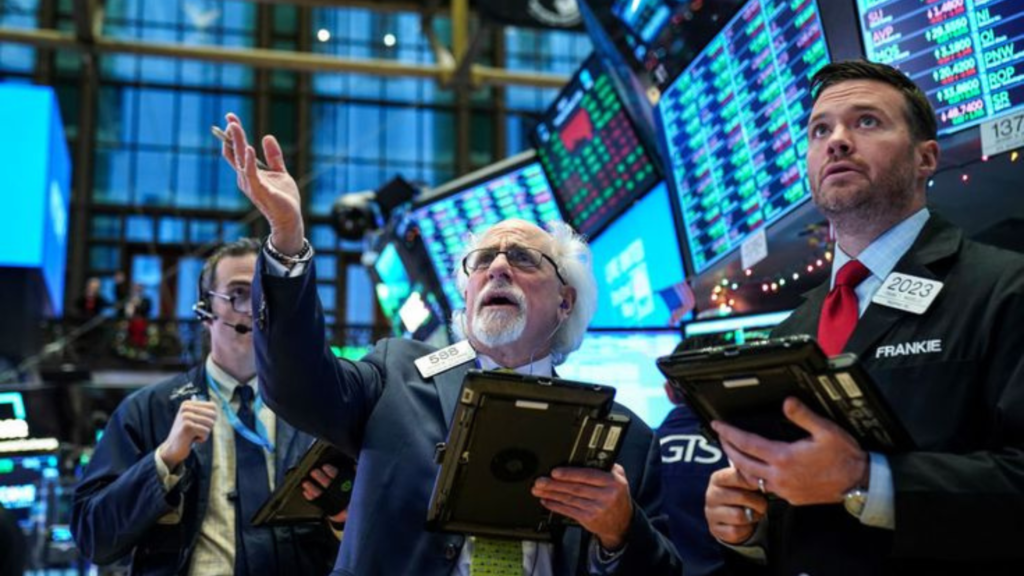
It has been observed in the past that the Fed has been very careful in reducing the interest rates and has preferred to make a small cut and then review the impact. However, with economic indicators pointing to a slowdown, there are some players in the market who feel that the central bank might need to deliver a deeper cut to prevent a deeper slowdown.
When Will the Feds Cut Interest Rates?
While Michael Feroli has called for a rate cut in September, the decision to follow through or not lies with the Federal Reserve’s policymakers. The Federal Reserve will determine where interest rates should go on on September 17–18 when they have their meeting.
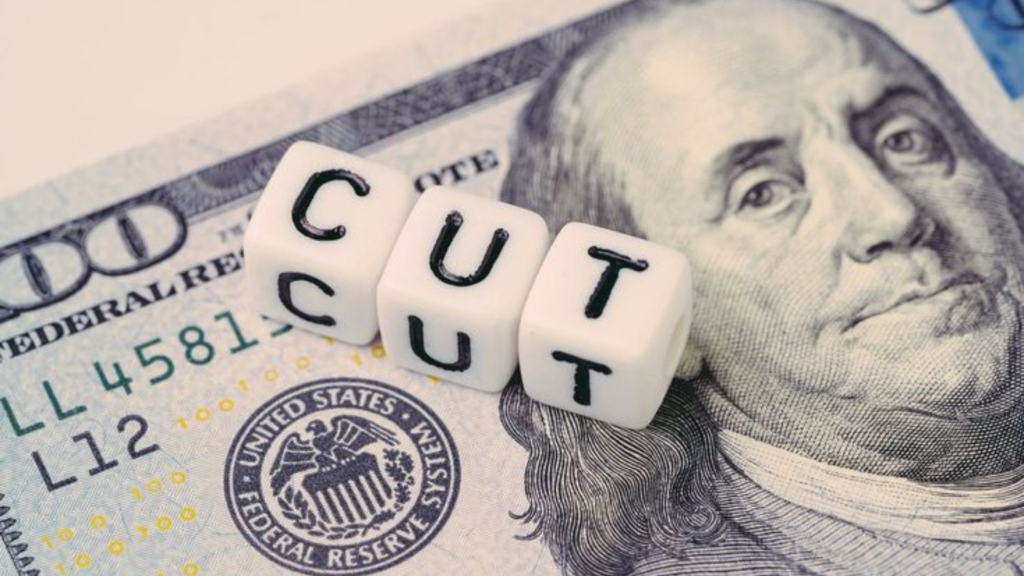
The Fed has always maintained that it is an evidence-based institution, so any further rate reductions will depend on data. If inflation continues to slow down and the labor market continues to deteriorate, a rate cut in September or later in 2024 is possible.
However, if inflation is not willing to come down or if economic growth bounces back, the Fed may decide to stop cutting rates or even keep the rates where they are.
ALSO READ: Fed Chair Powell Signals Upcoming Interest Rate Cuts: ‘The Time Has Come for Policy to Adjust’
Will Banks Reduce Their Interest Rates After Fed Rate Cut?
A major factor to consider when it comes to the likelihood of a Fed interest rate cut is the effect it will have on interest rates on loans. If the fed cut interest rate, the banks are likely to do so too.
This is because when the Fed lowers its interest rates, it means that the interest rates for the banks have also been lowered, and this results in low interest rates for customers and businesses.
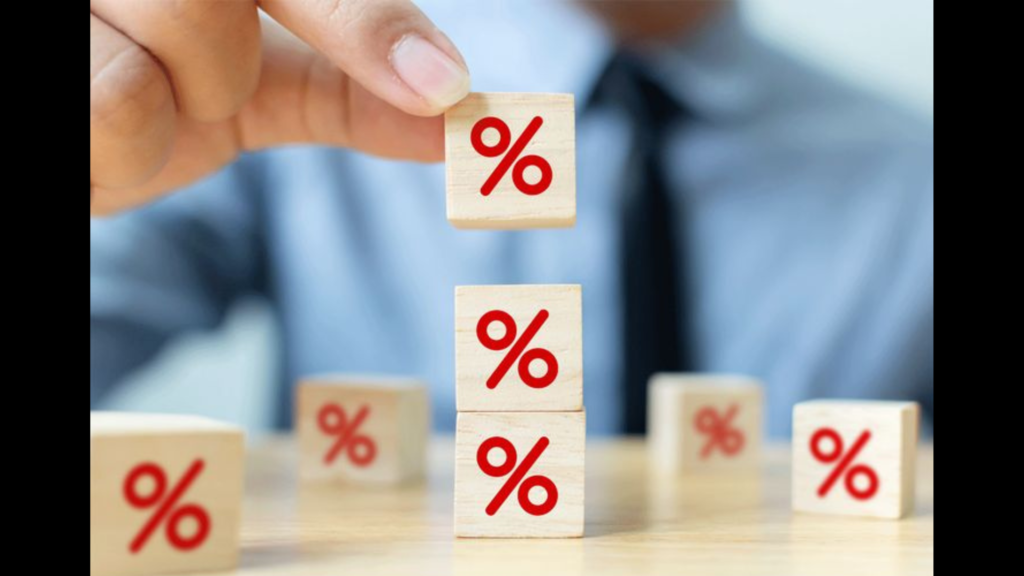
Mortgage rates, auto loan rates, and credit card rates are all influenced by the Fed’s benchmark interest rate, so a cut would likely cause these rates to decrease.
However, the rate at which the banks will adjust their rates may not be the same. Some banks may immediately cut rates, while others may do so gradually depending on market forces and their cost of capital.
What’s Next for Interest Rates and the Economy?
As JPMorgan’s chief economist urges the Fed to act with urgency and deliver a half-point Fed interest rate cut, the discussion on what should be done to revive the economy is getting more spirited.
While some economists suggest that a rate cut is needed to address the increasing unemployment and sluggish growth, others have pointed out that implementing such a decision may lead to inflation again.

In the end, the decision of the Fed interest rate cut in September will have a major impact on the bond market, consumer borrowing costs, and the economic projection as a whole for the rest of 2024.
Whether the Fed decides to cut rates or maintain its current policy, all eyes will be on the central bank as it navigates this complex economic landscape.
You Might Also Like:
Visa Reveals Its Plan To Launch a New Product That Will Make Direct Bank Account Payment Safer
Ken Griffin Citadel Hedge Fund Navigates Volatile August, Securing a 1% Gain for Wellington
Cooper Union Tuition Restoration for Upcoming Graduating Seniors
Chase Bank Acknowledges Viral ‘Glitch’ Encouraging Check Fraud Attempts

